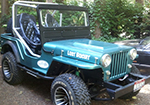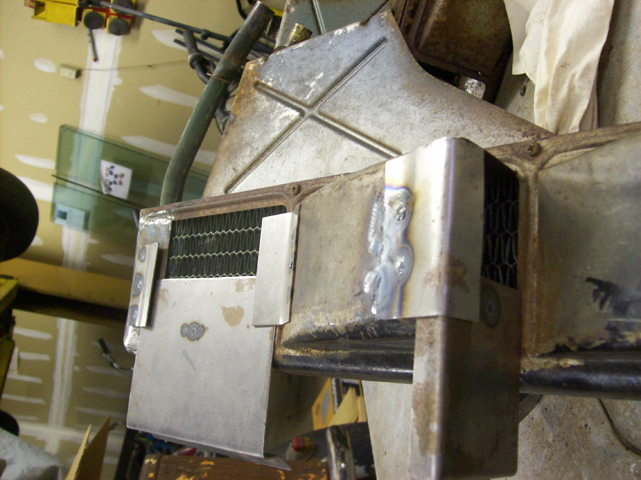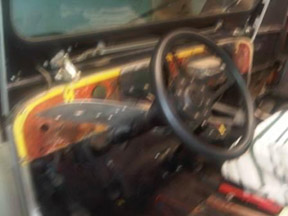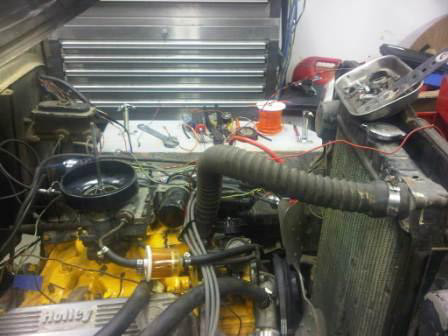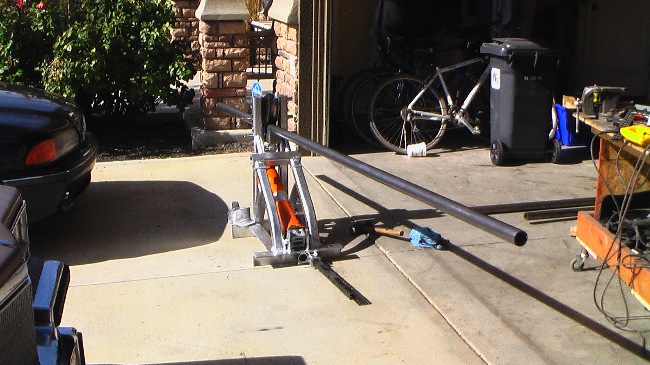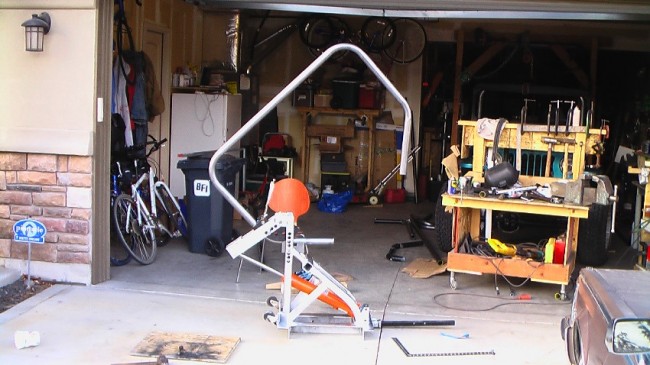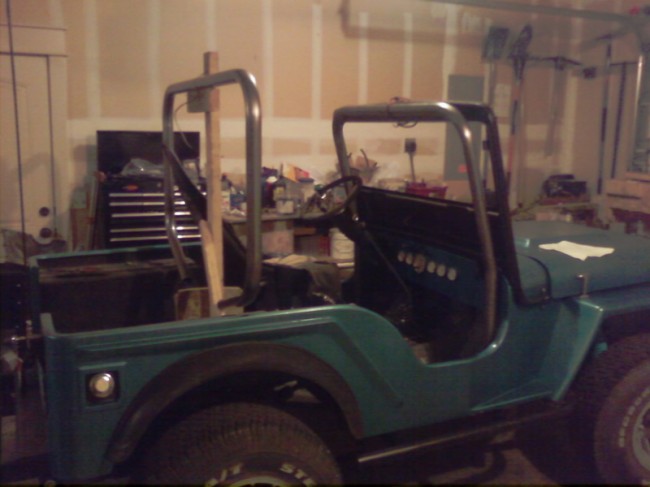Couple of interesting (and similar) auction items caught my eye this week…
I always find these types of artwork interesting, as it really showcases the creativity and ingenuity of our Jeep hobbyists, and it always gets me thinking about all the “spare” parts that I have in the garage, and perhaps things I might be able to do with them (besides saving them for spares).
Jeep Hood Desk & Chair
Location: Puslinch, ON N0B2J0
I actually like this idea quite a bit, and I love the idea of the drawers in the back. I’m not sure I would have used the bumper (as it seems a bit large and out of place) as do the rear struts. I’m surprised the hood is a bit dinged up, and that there are now turn signals installed. But again, I love the idea, and the drawers in the back.

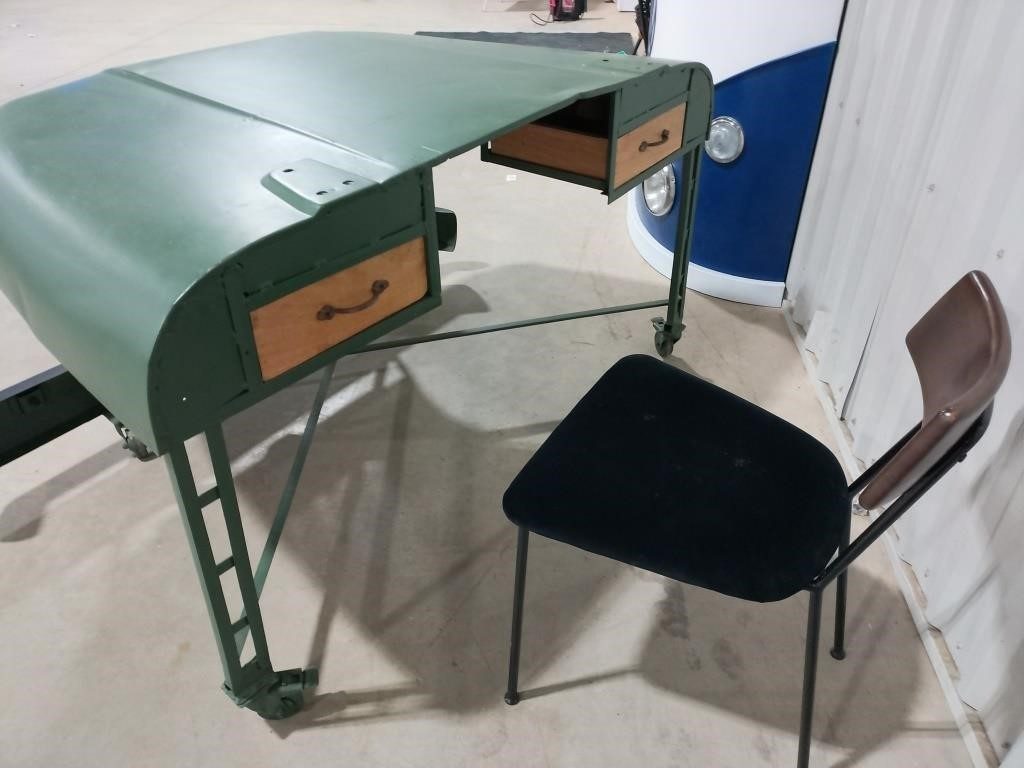
Jeep Grille Wall Hanger Decor
Location: Newton, IL 62448
Love this wall hanger, and especially that the lights are functional (have to say I wish the lights on the desk above were working also). Just a cool piece of garage art (and I’m sure this could also be “recovered” and used as a spare if the need ever arose).
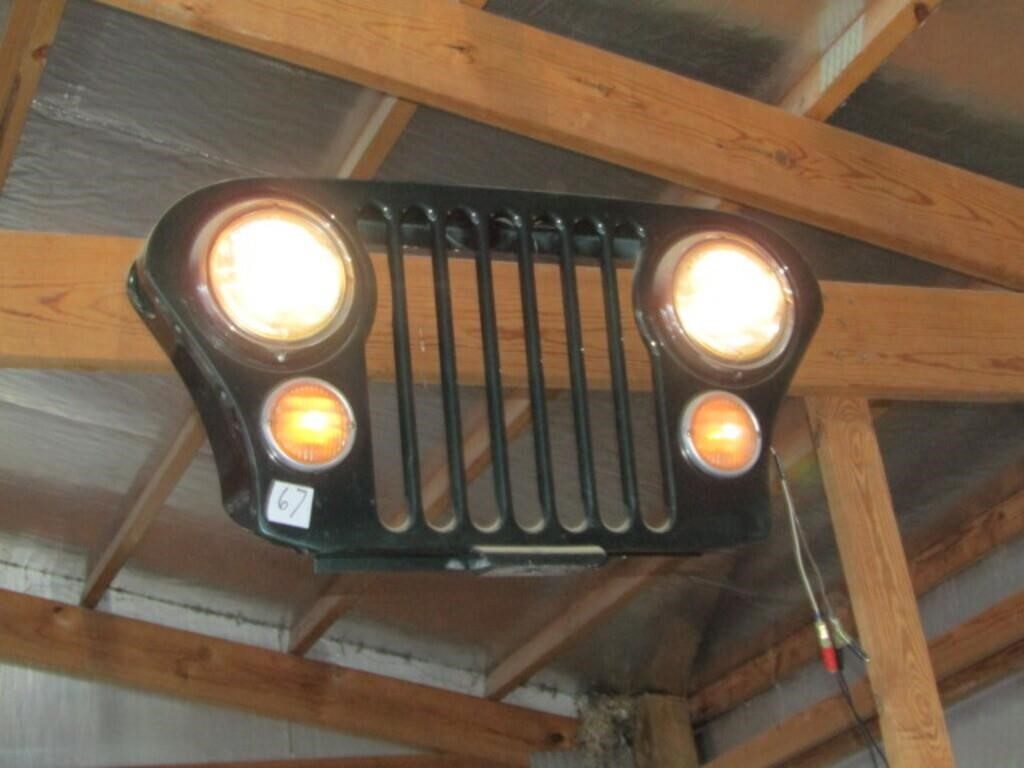
Introduction
A quick introduction (as this is my first post on eWillys) – my name is Dan, and (like most of us) I’ve been a car guy forever. Primarily LBC’s (little British cars – MG, Triumph, Healey, Jag, etc.) but also have had a CJ3a for probably a dozen years or so now.
I’m also a bit of an online auction junkie – not so much eBay, but some of the lesser known sites (e.g. estate auctions, farm auctions, etc.) and it’s surprising the types of things you can find (including WIllys items). So from time to time, I’ll be posting here on eWillys some of the interesting things I’ve come across during my time perusing my favorite auction sites.
A Note on Auctions
A couple of things I’ve learned about online auctions that might help if you’re considering bidding on any items:
- Pay attention to location as many items will not be shipped by the auctioneer. Most of the time, the auctioneer is just interested in selling items quickly and moving on, and especially with larger items, these will be LOCAL PICKUP ONLY.
- Having said that–if you contact the auctioneer and ask, you may be able to arrange for shipping. I’ve found most auctioneers will consider shipping if you’re nice, and if it would be reasonable for them to ship. HOWEVER – ask about fees!
- Handling Fees – some auctioneers charge a handling fee, especially for items that are being shipped. Read the rules for each auction (and if in doubt, ask)
- Shipping Fees – all auctioneers charge a shipping fee, usually just a “pass thru” but sometimes with a surcharge. Read the rules for each auction (and if in doubt, ask)
- Buyer’s Premium – you’ll also pay a percentage of the bid as a “buyer’s premium” and this will vary from auctioneer to auctioneer (and these can be substantial) but I’d say 10%-15% is about average (and if in doubt, ask)
- Bidding – rules can vary, but most of the time when a new bid is placed, some “extra time” is placed on the clock (so that others can increase their bids) – so no “sniping” of bids. Having said that, it really is imperative to be online as the bidding deadline approaches as bids will often increase (most times substantially) and if you’re really interested in an item you’ll need to monitor bidding activity at the close of the auction.
- Inspections – if you’re local, most auctioneers offer dates & times for in person inspections. If you’re bidding on an expensive item, it’s probably worth doing an in-person evaluation prior to bidding.
- Is it all worth it? In short, yes–there are some real bargains out there–BUT (especially for lower priced items) you may find the fees may total more than the item itself! Yet even then, if an item is rare, it’ll still be worth it.
